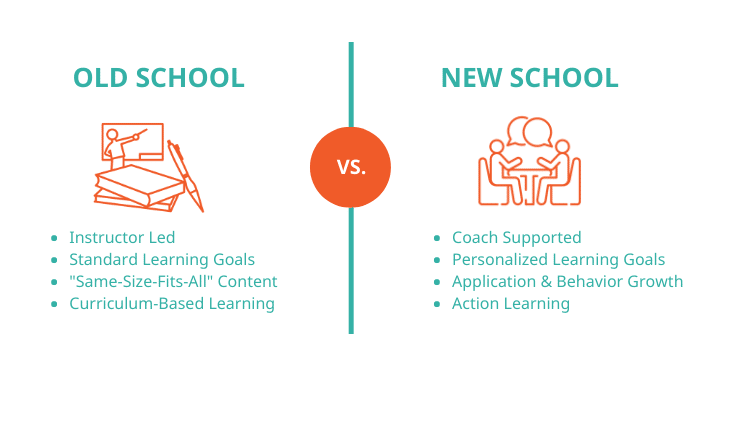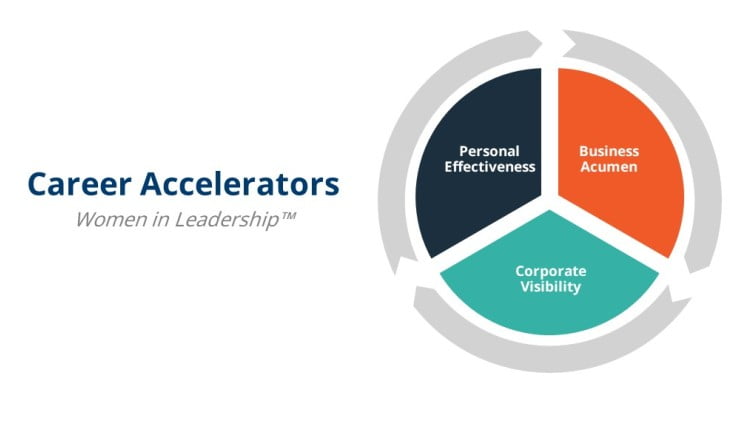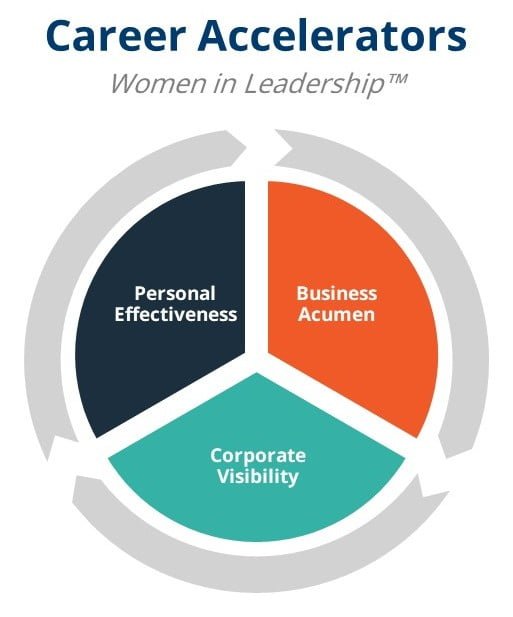Women in Manufacturing & the Struggle to Reach the Top
Below, we analyze what causes women in
manufacturing to stall as they strive toward
leadership roles.

Women in Manufacturing: What Does the Current State Reveal?
Male-dominated industries like manufacturing provide a plethora of high-paying employment opportunities across the globe. The manufacturing sector accounts for 17% of global GDP, according to the World Bank. In the US in 2021, manufacturing generated $6.3+ trillion dollars. And this sector is growing at an average rate of nearly 7% a year between 2017 and 2022. Stats like these make the industry highly appealing for both men and women. Yet, women in manufacturing are a far cry from being equally able to enjoy the thriving sector.
Stalls Happen at the Entry Level for Women in Manufacturing
Across the globe, women represent 47% of the workforce. However, women in manufacturing comprise just 30% of the 15.8 million people employed by manufacturers. Even within the entry level roles of the sector, women are already greatly underrepresented.
And the disparity increases as you advance up the org chart. Only one in four leaders in manufacturing companies are women, according to Commerce.gov. Some experts believe the industry will experience an upcoming talent shortage of 2.4 million workers by 2028. Tapping into an interested and qualified pool of talent – women – provides an avenue to overcome this projection.
“Women have a tremendous impact in helping manufacturers make gains in every facet of manufacturing, from sustainability to implementing cross-functional teams to developing cost-saving technologies.”
– Industry Today
Absence of Women Leaders Creates Risk
Experts agree that a lack of diversity can create a high-risk environment for unethical and illegal activity. When one group dominates decision-making, it’s easy for a “look the other way” culture to thrive when members of the dominant group commit crimes. As an example, organizations with few women at the top may be less likely to discipline men for non-compliance with company policies, even including illegal behaviors, such as sexual harassment.
Beyond that, senior-level women are more likely to champion employee-friendly policies and invest in racial and gender diversity. According to Industry Today:
- More than 50% of senior-level women consistently take a public stand for gender and racial equality at work, compared to roughly 40% of senior-level men.
- 38% of senior-level women currently mentor or sponsor one or more women of color, compared to only 23% of senior-level men.
Men Are Making a Difference for Women in Manufacturing
Here’s the good news. Men in business and in politics are speaking up and supporting women.
In Europe, men in several countries helped pass laws requiring public companies to increase representation of women on their boards. Going a step further, France’s Parliament passed new legislation to require 30% of either gender on executive teams and leadership pipelines. This law would affect companies with more than one thousand employees by 2027, which will increase to 40% by 2030.
Additionally, organizations such as HeForShe are making a difference. Started by the UN, HeForShe aims to mobilise one billion men and boys in support of gender equality. Its goal is to engage men and boys as agents of change.
25%
Management Positions Held by Women in Manufacturing
Changes in the US Affecting Gender Equality
In 2021, Nasdaq proposed its Board Diversity Rule which requires companies listed on its US exchange to disclose board-level diversity statistics to the public. Nasdaq-listed companies that don’t have at least two diverse directors must also file an explanation as to why.
Nasdaq’s new requirement will go into effect in 2023. It’s worth noting that John Zecca, Nasdaq’s Global Chief Legal & Regulatory Officer, is a HeForShe champion.
Men Benefit from More Women Leaders
Companies that prioritize diversity and inclusion report higher employee engagement, fewer incidences of interpersonal aggression and sexual harassment, and rarer cases of fraud. Reduced legal action, therefore, is an obvious incentive to promote more women to leadership positions.
Interestingly, the IBM Institute for Business Value (IBV) found more men report being satisfied with their jobs when they work at companies with more female executives. Manufacturers are realizing that diversity in their leadership boosts the bottom line, cultivates dynamic and creative environments, and increases employee morale and retention.

What Can Men & Women in Manufacturing Do Now?
Surprisingly, 79% of manufacturers have reported an inability to attract and retain talent, despite all-time high wages in the industry. Analyzing internal process, hiring practices, and development program are a step toward understanding why this is happening. Especially as you dig into what’s causing women in manufacturing to be so underrepresented.
Does your company track the percentages of males versus females in each position, level, and division? What are your stated diversity goals? Is there a discrepancy between the average time it takes women to earn promotions versus men? Are you tracking compensation by gender?
Enroll Women & Their Bosses in Formal Development Programs
An obvious best practice is to invest in female talent. Today’s organizational psychologists favor coaching programs over “old school” management training courses. The reason? Coaching gets better engagement and is more relevant to whatever challenges your talent is dealing with now. With a global team of coaches, IMPACT Group has coached and led development programs for women in 34 countries.

Specifically, IMPACT Group’s Women in Leadership™ coaching program fast-tracks the development and advancement of women through self-assessment, goal setting, coaching, and learning activities. Our program is different. Some women’s leadership programs come off as an affront to women – as though the intention is to “fix” women or train them to behave more like men. These programs typically don’t involve the female employee’s manager. IMPACT Group takes a much different approach.
Initiate Executive Sponsorship of Women at Your Company
IMPACT Group’s leadership development program includes high-potential women and their managers, who are usually male. That means the men and women are able to witness executive sponsorship in action.
Our model is aligned with the spirit of HeForShe in that it encourages male managers to take a more active role in developing current and future women leaders.
Women in Leadership™ Three-Part Career Accelerator Model
Our three-part career accelerator model guides women to enhance their personal effectiveness, business acumen, and corporate visibility.
However, unlike many other programs, we don’t assume that just because someone is female, she doesn’t know how to operate CAD software. As an example, a woman with a master’s degree and 10 years of manufacturing industry experience may want to focus more on her personal brand and corporate visibility and less on business acumen. Through an assessment process and one-on-one coaching, women progress through their own custom development program.


With The Great Resignation causing such a tight job market, overlooking the large pool of female candidates for leadership roles is illogical, particularly when the benefits of gender diversity are so obvious. Learn more about our Women in Leadership™ program today.
Recommended For You
"*" indicates required fields




